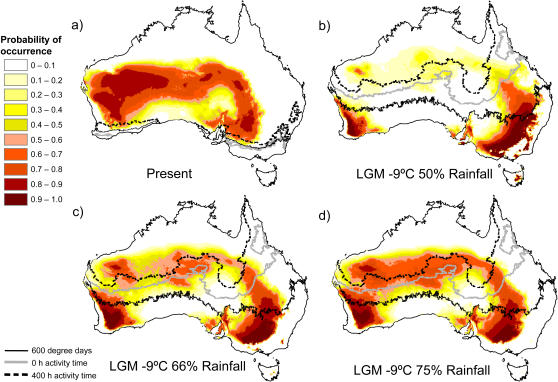Figure 4. Statistical distribution models for parthenogenetic Heteronotia binoei.
Models are for (a) present conditions and (b–d) last glacial maximum conditions with a 9°C reduction in mean air temperature and three different rainfall reduction scenarios. All statistical models are based on the AICc model reported in Kearney et al (2003). Overlayed on the predicted distributions are the contours for biophysical predictions of the limit for successful development of eggs (600 degree days), of the limit for potential activity time (0 hours) and of the number of hours of potential activity at the current distribution limit of the Heteronotia complex (400 hours). Any regions roughly south of the contours are outside the fundamental niche of Heteronotia. The biophysical predictions use either (a) current climatic conditions or (b–d) a 9°C decrease in monthly maximum and minimum temperatures. Methods for biophysical predictions are described in Kearney and Porter (2004).

